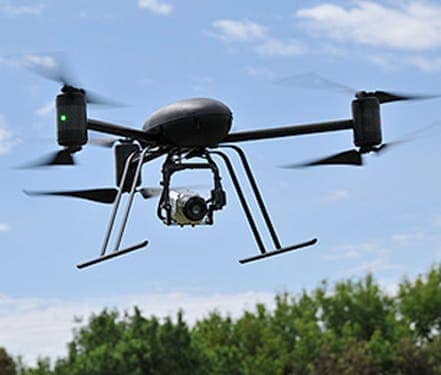An official press release by Iranian state-controlled news site Fars News, claims that remarkably enough the Islamic Republic has managed to be the first nation ever to build a flying saucer. And no, I didn’t google the image from above, it’s been used instead officially by the news agency to illustrate the press release, although the crooked looking 1950s B-movie screenshot isn’t sourced.
Dubbed Zohal, which means Saturn in Persian, the flying saucer was built for surveillance and defence purposes. Unveiled in a special state ceremony, “the flying machine is equipped with an auto-pilot system, GPS (Global Positioning System) and two separate imaging systems with full HD 10 mega-pixel picture quality and is able to take and send images simultaneously,” according to Farce Fars News.
Iranian Students’ News Agency, which has also published a press release about Zohal, has a more “rational” photo attached to its news piece, but they also insist on naming the cuadrotour surveillance flying object as “flying saucer”.
Tehran is dabbling a lot in scientific projects lately, some quite impressive and ambitious, aside from this obvious flying saucer masquerade. For instance, their space program has sent a number of flying missiles in space, which have caused a lot of alarm in the western world for fear of them being used as intercontinental ballistic missiles some day.
Last year, Iran successfully fired a rocket that carried a mouse, a turtle and worms into space, and who doesn’t remember the Iranian humanoid dancing robot Surena 2.
Back to the subject at hand… flying saucers?!?!?!?











